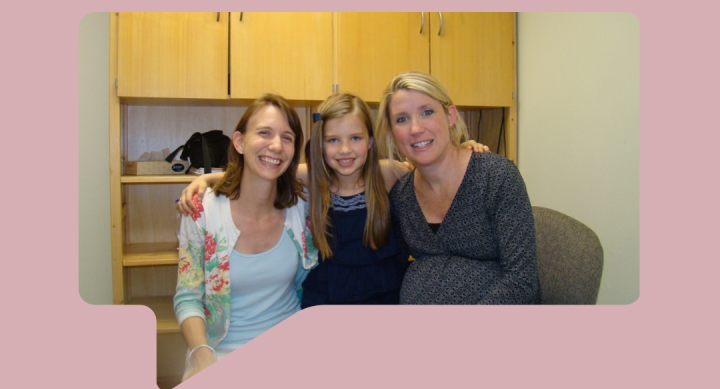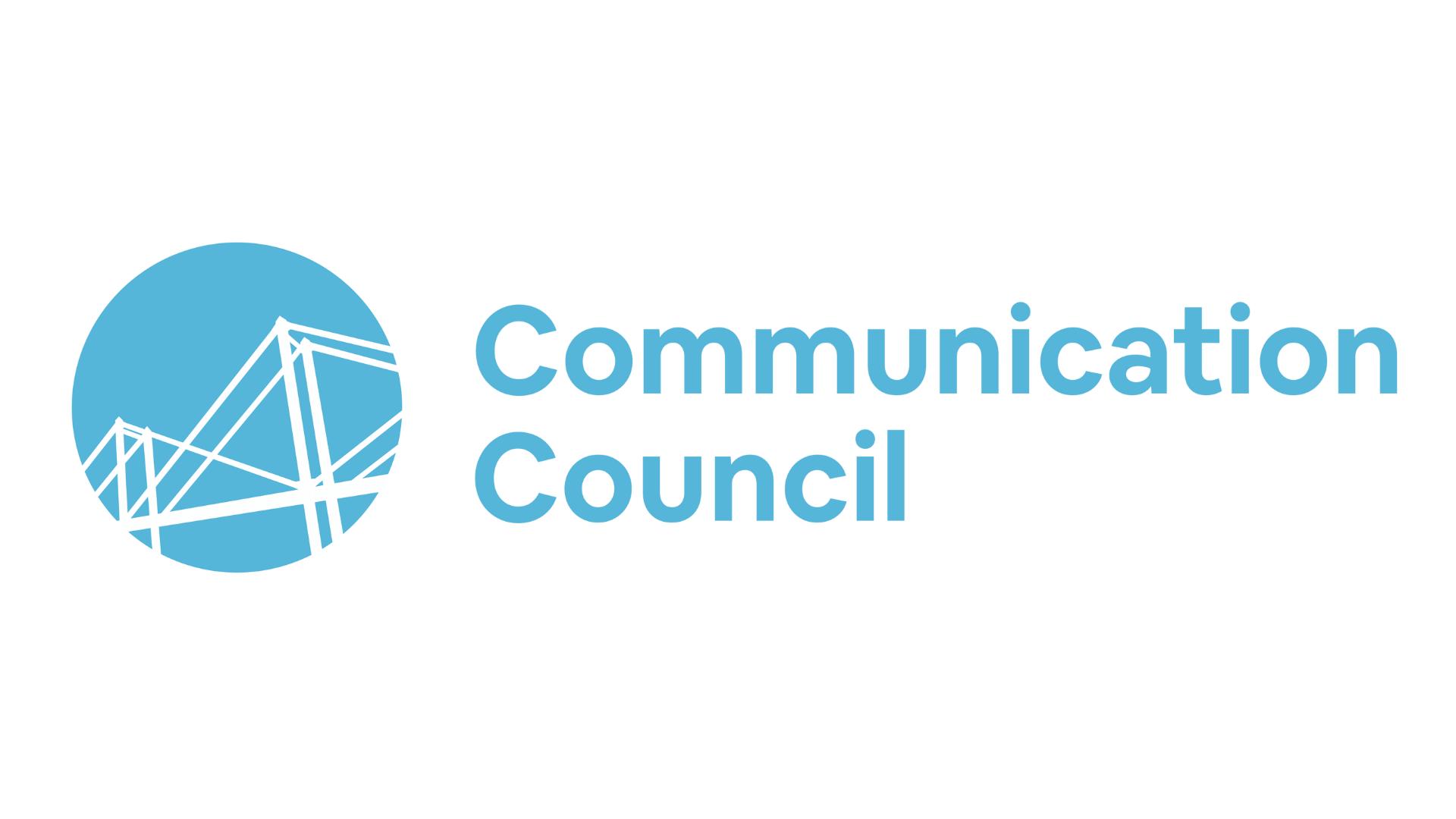
Courtney Byrd (left), Katelyn Alcott (middle) and Elizabeth Hampton, (then a part-time SLP) (right) at the UT Blank Center in 2011.
By Jada D’Silva, Financial Director
The Arthur M. Blank Center for Stuttering Education and Research works toward changing the world for people who stutter by providing them with treatment, conducting research and equipping UT students with the proper training to specialize in the field. Dr. Courtney Byrd, founder and executive director of the Blank Institute, works to make this dream a reality daily.
“When I was an undergraduate, I worked with a handful of people with communication conditions. There was this young man who happened to stutter, and all I did for him was try to get him to speak fluently, and give him techniques to practice doing so. He tried as hard as he could, but it just couldn’t work for him every day,” Byrd said. “Ultimately, everyone, including myself, told him that he wasn’t ready for therapy and needed to come back when he was more motivated to engage in the therapeutic practices. At the time, it felt like the wrong thing to do, but that’s what everyone was telling me.”
From this moment on, Byrd dedicated her life’s work to changing the societal stigma and training techniques surrounding people who stutter. She came to UT for her postdoctoral research and steadily developed what is now known as The Arthur M. Blank Center for Stuttering Education and Research.
What once was a singular desk in a janitorial closet grew into a multi-million dollar institution that offers free care to patients worldwide.
The Blank Center is home to the CARE model, a theoretical framework innovated by Byrd that has revolutionized the standard of care for patients who stutter. Although it was manualized in 2020, the Blank Center has been using the CARE model as their method for speech therapy since the early 2000s.
“CARE stands for communication, advocacy, resiliency and education,” Byrd said. “Through the use of the CARE model we teach children how to strengthen their communication skills. Part of this comes from teaching them to stutter openly, which is why we don’t do anything to get them to not stutter since it can compromise their ability to communicate effectively. We also try to get them to advocate on their behalf so that they can share about stuttering in a way that is self empowering. The third part of the framework is teaching them how to navigate the adverse consequences and misunderstandings of stuttering by building their resiliency. Finally, they take these practices and learn how to educate others on their experiences and the stigmas surrounding stuttering.”
Katelyn Alcott, a 20-year-old woman who stutters, is just one example of how the CARE model works wonders.
“My mom first noticed my stutter when I was two years old. She asked me what movie I wanted to watch and I said P-P-Peter Pan,” Alcott said. “She then asked me to repeat it, and I spoke with the same stutter. From then on, my parents just kept an eye on it and had my preschool teachers watch for it too.”
When Alcott was three, she was referred by another clinician to what is now known as the Dr. Jennifer and Emanuel Bodner Developmental Stuttering Laboratory, which now serves as one of the three core branches of the Blank Center. For the next nine years, she was a part of the institution’s semester-long speech therapy and “Pay It Forward” track, where she worked largely with Byrd and multiple student clinicians.
“I cannot express how lucky I am to have that be my first experience,” Alcott said. “In the speech pathology community, it has always been about trying to fix a person’s fluency so that the listeners feel comfortable, but the work Courtney put in truly changed that.”
Alcott said she experienced the multitude of changes occurring as the CARE model shifted into the speech therapy practices in place at the Blank Center.
“When I started treatment prior to coming to the Blank Center, we were doing things like easy onset, which is essentially a fluency technique where you talk really slow and breathy while speaking at a much slower rate so that you avoid the action of stuttering,” Alcott said.
“However, it was around that time where research was being developed at the Blank Center that showed these techniques didn’t allow us to say what we wanted to say – it just controlled our way of speaking. In reality, this isn’t the patient’s problem, it’s a societal problem. I grew up learning to advocate for myself as well as acceptance and mindfulness.
I didn’t realize I was different from everyone else until I was seven or eight, and people started making comments. I never felt as though I needed to hide my stutter because of the support I felt from my parents, Dr. Byrd, the other clinicians and students at the Blank Center.”
After participating in speech therapy for nearly a decade, including the intensive summer camp, Dream, Speak, Live, which now takes place annually in more than 40 countries, Alcott uses her knowledge of the CARE model to give back to the stuttering community. She works at the Arthur M. Blank Center as an undergraduate research assistant and serves as president for the Lang Stuttering Institute Student Leadership Organization.
“It’s my calling to educate and empower others who stutter,” Alcott said. Whether they’re impacted personally like Alcott or not, Byrd encourages all students to get involved at the Blank Center, and challenges them to learn about the realities of stuttering.
“One of the most profound things said to me was by a person who stutters,” Byrd said. “I was working with a 13-year-old boy who told me that when people would continually tell him to not speak with a stutter, they were essentially telling him to not speak at all.”
In a world where communication is often taken for granted, the Blank Center serves as a beacon of hope and change, ensuring that every person who stutters has the opportunity to speak freely and confidently.

Jada D'Silva
Hi everyone! I am honored to serve as Communication Council’s Financial Director for the 2024-2025 school year! I am currently a third year advertising and radio-television-film major, with a minor in business. Some of my hobbies include videography, going to the gym, and spending time with friends! The magazine committee has been working so hard to complete the fall edition and I hope everyone reading enjoys it. I can’t wait to see what next semester brings!

